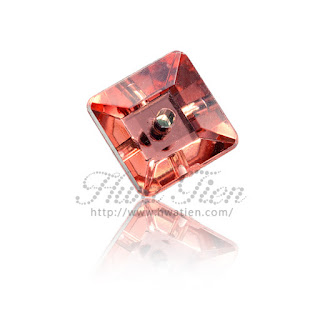A recent snowfall evoked recall of a past experience that aroused my curiosity. So I looked into it.
One very cold day in the mountains, alone with my thoughts on a stalled chair lift, snow began to fall. I don’t remember exactly where I was – or exactly when. But an image from the moment endures in my mind. Conditions were such that I could see the well-defined crystalline shape of every tiny snowflake that fell on my sleeve.
Someone who lives to ski in fresh deep powder has little use for a single flake. But hanging suspended in midair with the top shack in sight, I had some time to kill. The beautifully complex stellar and radial shapes mesmerized me.
It could be I remember these snowflakes so vividly because such intricate, well-organized crystals are rare. Most snowflakes are agglomerations of irregular crystals. It’s true that no two snow crystals are exactly alike. But nature follows predictable patterns to transform water vapor into ice.
According to Scientific American, snowflake science as we know it emerged more than 400 years ago. Astronomer Johannes Kepler, who achieved immortality by discovering the three laws of planetary motion in 1609, got the ball rolling. Intrigued by his discovery that snow crystals always have six sides no matter what, he published his treatise “On the Six-Cornered Snowflake” in 1611.
Today’s best authority on snowflakes could be Cal Tech scientist Kenneth Libbrecht. He created snowcrystals.com to share an exhaustive quantity of snowflake knowledge.
According to Libbrecht, classifying snowflakes by type into a definitive list is as impossible as naming an absolute list of colors. However, he breaks them down into four basic categories: plates, columns, needles and dendrites.
The tiny works of art on my sleeve were probably a combination of “stellar dendrites” and “12-branched snowflakes.” Stellar dendrites tend to be quite large as snow crystals go. The 12-branched snowflakes are actually pairs of six-sided stellar dendrites that stuck together and grew into radial shapes on their way down through the clouds.
Dendrite is a Greek word meaning “tree like” that is used by scientists to describe the branching characteristics of brain cells, as well as snowflakes and any other mineral that grows into crystals.
That’s right, a snow crystal meets all the criteria necessary to be classified a mineral: homogenous, solid, inorganic, with a definable chemical composition (H20), and orderly arrangement of its atoms in a lattice. All this must occur naturally.
Many of the details about how the patterns and structures of snow crystals form remain a mystery. Scientists like Libbrecht grow crystals in the lab to search for clues. By the way, his snow crystals aren’t minerals because they don’t occur naturally.
It’s known that snow crystal shapes are largely determined by temperature and humidity. Crystals are simpler and grow more slowly in drier air. Higher humidity condenses water vapor into more complex crystals.
The most remarkable stellar dendrites usually fall when the temperature gets down to about 5 degrees Fahrenheit. Marooned on the chair, I did indeed wonder if the body heat I generated on the last run would sustain me long enough to keep from freezing before the next one.
Libbrecht has helped mankind figure out how snow crystals grow differently in different atmospheric conditions. But no one has yet figured out exactly why they do. Someday the answer could lead to advanced technologies that solve the world’s most vexing problems. Until then, what about sliding on snow?
Were it a little less humid, the crystals could have grown into needles that pack together tightly – good for snowballs, or corduroy.
The tiny, delicate lace embroidery falling on my sleeve was the type of crystal that traps a lot of air in the snowpack. The result is a blanket of light, fluffy snow, which I dove into soon after the bullwheel started turning again.










No comments:
Post a Comment